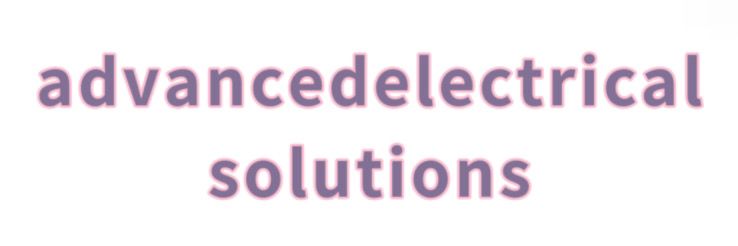How Will L1/L2 Choke Ring Antennas Affect My GNSS Accuracy?
How Will L1/L2 Choke Ring Antennas Affect My GNSS Accuracy?
The quest for precision in Global Navigation Satellite Systems (GNSS) has driven innovators and researchers to explore advanced antenna solutions. One such innovation is the L1/L2 Choke Ring Antenna, which significantly enhances the reception and accuracy of GNSS signals. Understanding how these antennas work and their impact on measurement accuracy is crucial for professionals in surveying, mapping, and various geospatial applications.
The Role of L1/L2 Frequencies
GNSS systems transmit signals at multiple frequencies, with L1 and L2 being the most commonly used for civilian applications. The L1 frequency (1575.42 MHz) carries an important signal for navigation, while L2 (1227.60 MHz) provides additional data for improving positioning accuracy. By utilizing the L1 and L2 frequencies, surveyors and mapping professionals can mitigate issues like signal multipath, improving the overall quality of GNSS solutions.
What Is a Choke Ring Antenna?
A choke ring antenna is designed to minimize multipath errors and enhance the accuracy of GNSS measurements. Unlike conventional antennas, choke ring antennas use a physical design that reduces the effects of signals bouncing off nearby surfaces, such as buildings or terrain. This ability to suppress multipath effects is particularly important when working in urban environments or complex landscapes.
Benefits of L1/L2 Choke Ring Antennas
There are several benefits to incorporating L1/L2 choke ring antennas into GNSS applications. These antennas:
- Provide improved stability: The unique design allows for stable signal reception, even in challenging environments.
- Enhance accuracy: By minimizing multipath interference, users can achieve centimeter-level accuracy in their positioning data.
- Support advanced applications: Industries such as agriculture, construction, and disaster management can leverage better accuracy for more effective operations.
How to Integrate Choke Ring Antennas into Your GNSS Setup
Adopting L1/L2 choke ring antennas requires careful consideration of your existing GNSS equipment. Ensure that your GNSS receiver is compatible with dual-frequency signals to take full advantage of the choke ring antenna's benefits. Additionally, consider calibration techniques and software that optimize data processing and interpretation. Resources such as the GPS Geodetic Antenna can provide guidance on best practices for integration.
Conclusion
The adoption of L1/L2 choke ring antennas represents a significant advancement in GNSS technology. As accuracy demands grow across various industries, incorporating these sophisticated antennas into your GNSS solutions can greatly enhance performance. By understanding and harnessing the capabilities of choke ring antennas, professionals can stay at the forefront of precise geospatial measurements.


Comments